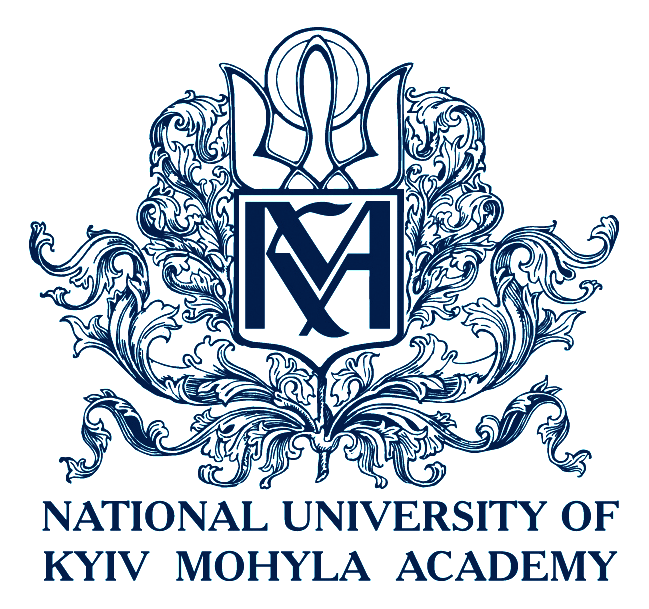Рецензія: Paul Srodecki. Antemurale Christianitatis. Zur Genese der Bollwerksrhetoric im östlichen Mitteleuropa an der Schwelle vom Mittelalter zur Frühen Neuzeit. – Matthiesen Verlag, 2015. – 532 S.
DOI:
https://doi.org/10.18523/2617-3417.2018.100-101Анотація
The dissertation-based monograph by Paul Srodecki suggests an impressive research of the Antemurale rhetoric, in particular the way it crystallized and functioned in Europe mostly from the 12th to the 17th century. The Author explores rhetorical clichés and strategies to demonstrate how particular concepts shaped and transformed propagandistic discourse; which of them found the most welcoming reception and, thus, were transferred across borders; and which ones were the specific instruments and media of this transfer. In the Introduction, the Author points out that contemporary bulwark rhetoric, which is extensively used in political discourse to characterize both the extended European borders and current geopolitical conflicts in Europe, actually finds its origin in Middle Ages, when European unity presented itself in the form of Respublica Christiana. The particular virtue of the monograph is an extensive and complex use of the Eastern European sources (Czech, Polish, Hungarian), which still find limited attention in Western European and Northern American scholarship with focus on the propagandistic uses of the phenomenon of the “Other”. In this way, Paul Srodecki made his personal contribution into welcoming new members of the European Union after its enlargement in 2004, which is the point where he starts his narrative.##submission.downloads##
Як цитувати
Номер
Розділ
Ліцензія
Авторське право (c) 2018 Tetiana Grygorieva

Ця робота ліцензується відповідно до Creative Commons Attribution 4.0 International License.
Автори, які публікуються у цьому журналі, погоджуються з такими умовами:
а) Автори зберігають за собою авторські права на твір на умовах ліцензії Creative Commons Attribution License CC BY 4.0, котра дозволяє іншим особам вільно поширювати (копіювати і розповсюджувати матеріал у будь-якому вигляді чи форматі) та змінювати (міксувати, трансформувати, і брати матеріал за основу для будь-яких цілей, навіть комерційних) опублікований твір на умовах зазначення авторства.
б) Журнал дозволяє автору (авторам) зберігати авторські права без обмежень.
в) Автори мають право укладати самостійні додаткові угоди щодо поширення твору (наприклад, розміщувати роботу в електронному репозитарії), за умови збереження посилання на його першу публікацію. (Див. Політика Самоархівування)
г) Політика журналу дозволяє розміщення авторами в мережі Інтернет (наприклад, у репозитаріях) тексту статті, як до подання його до редакції, так і під час його редакційного опрацювання, оскільки це сприяє виникненню продуктивної наукової дискусії та позитивно позначається на оперативності та динаміці цитування опублікованої роботи (див. The Effect of Open Access).


